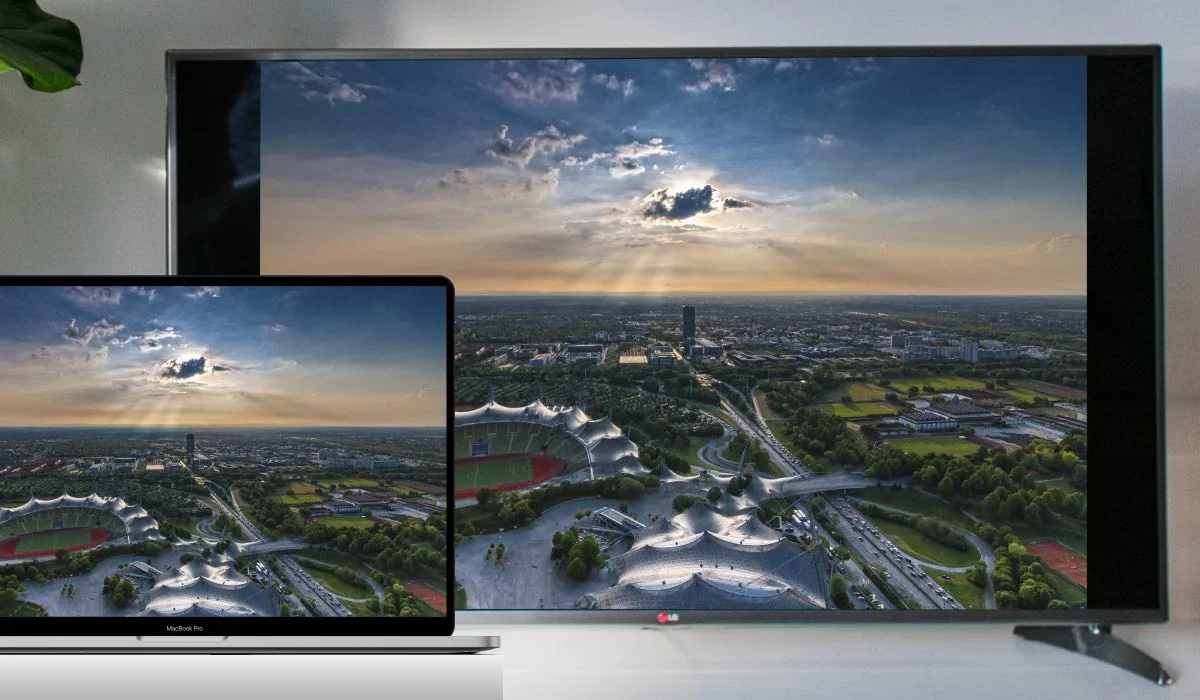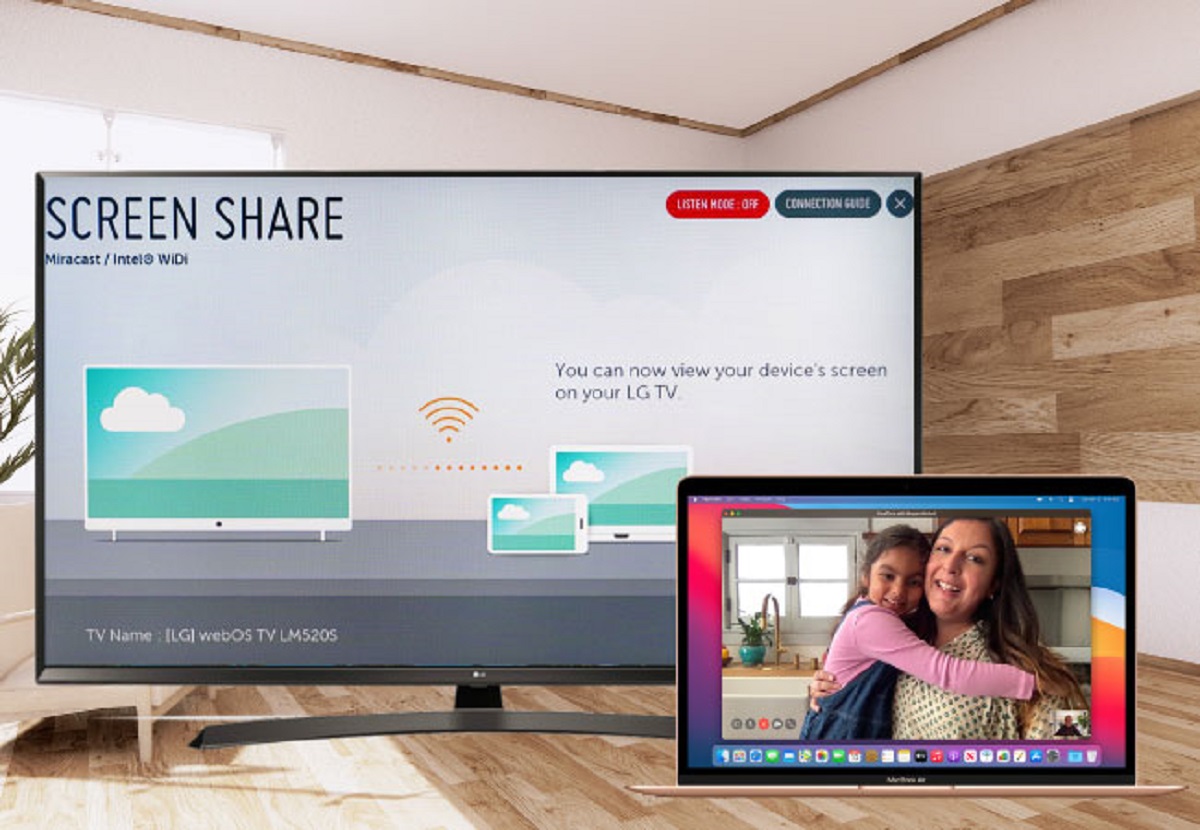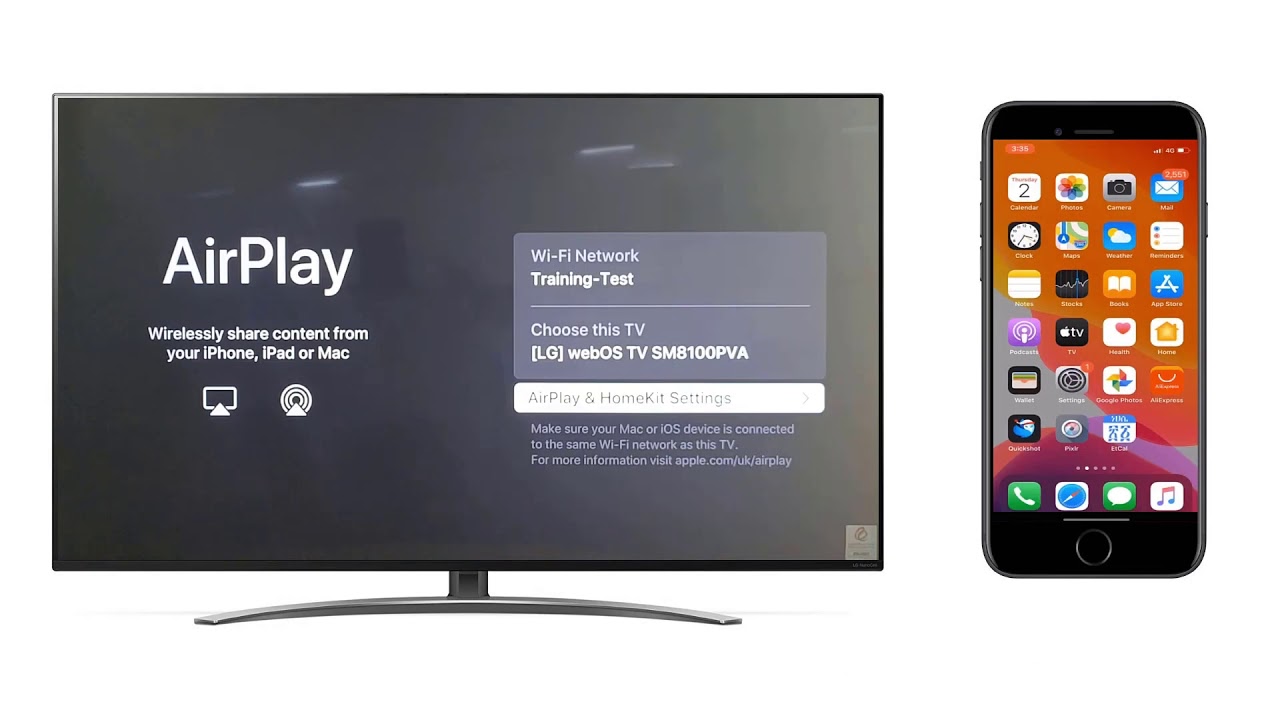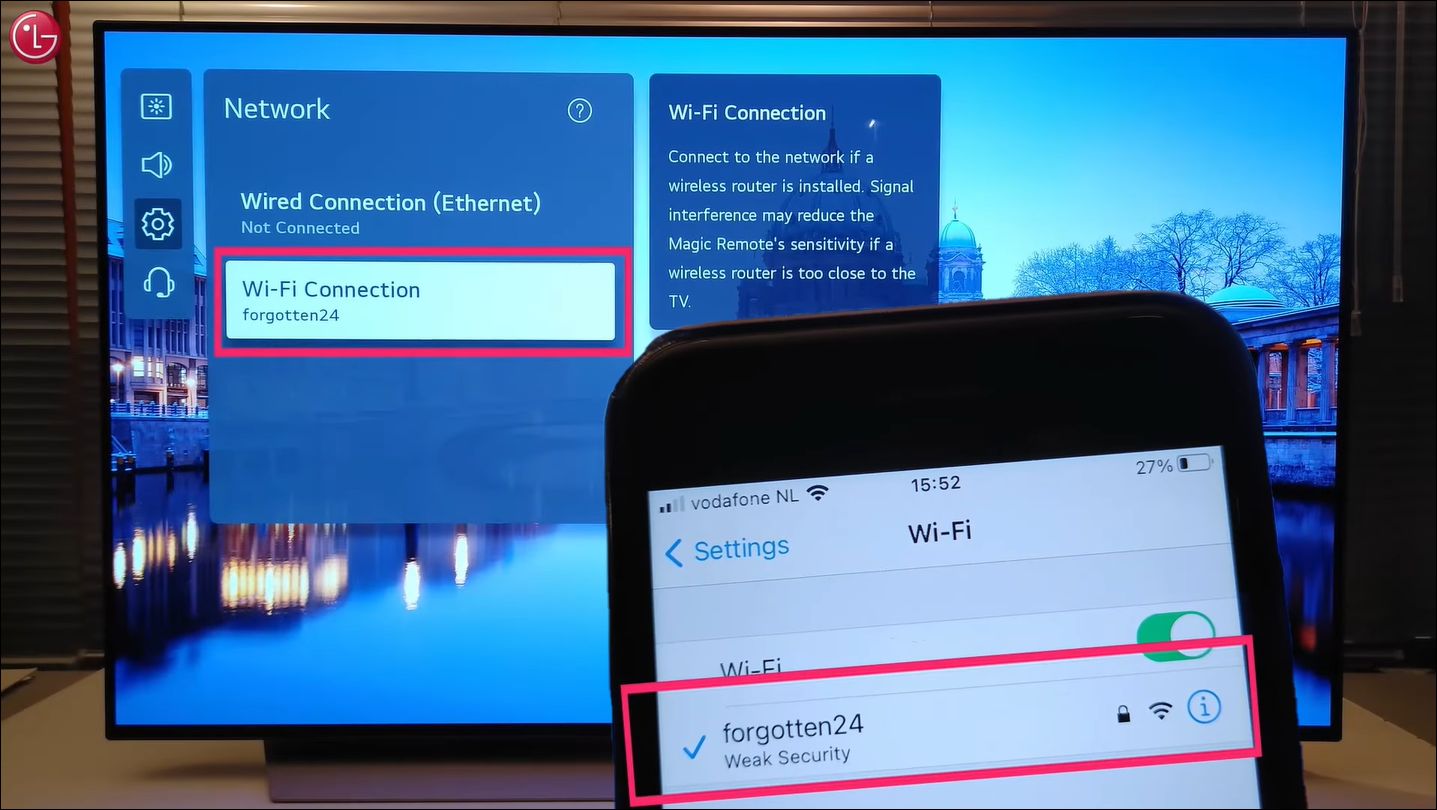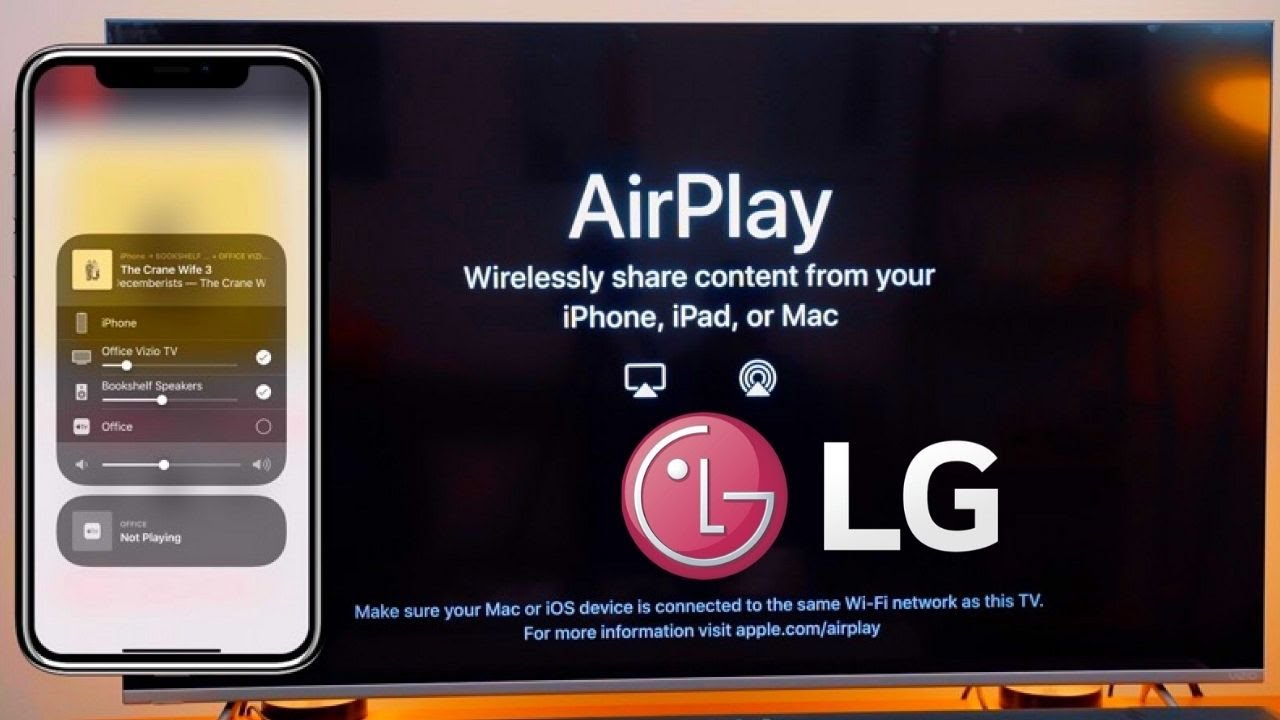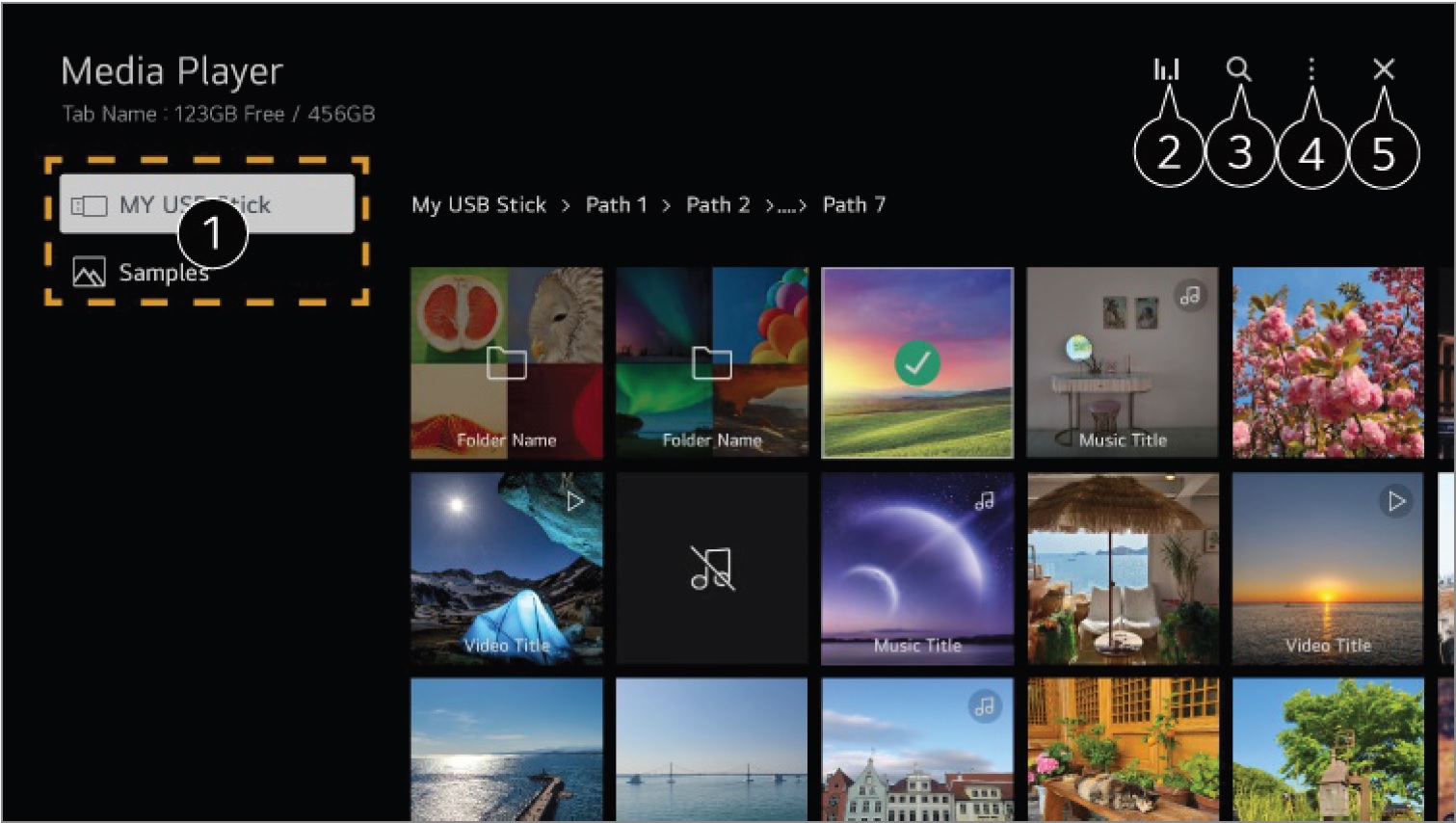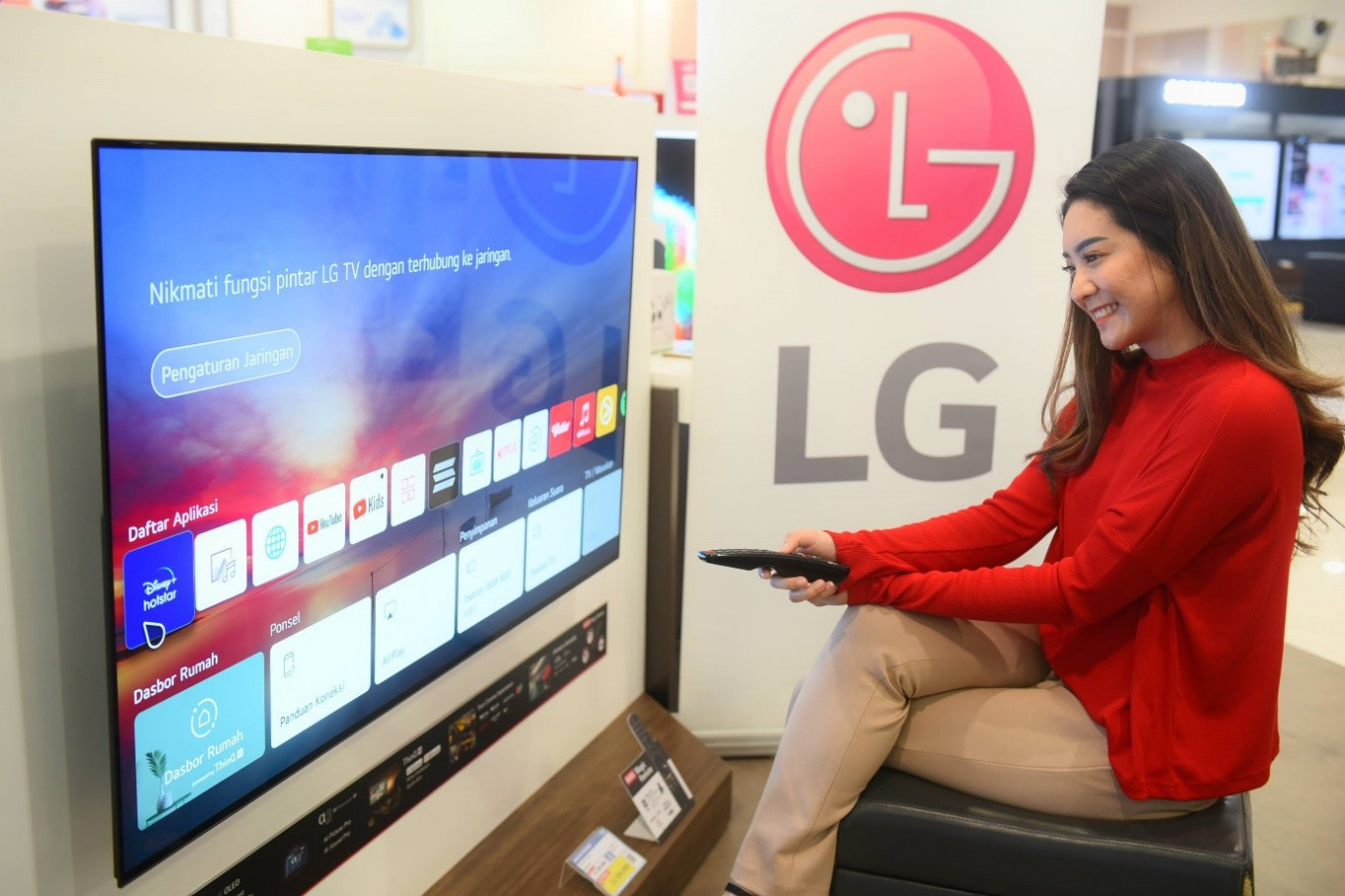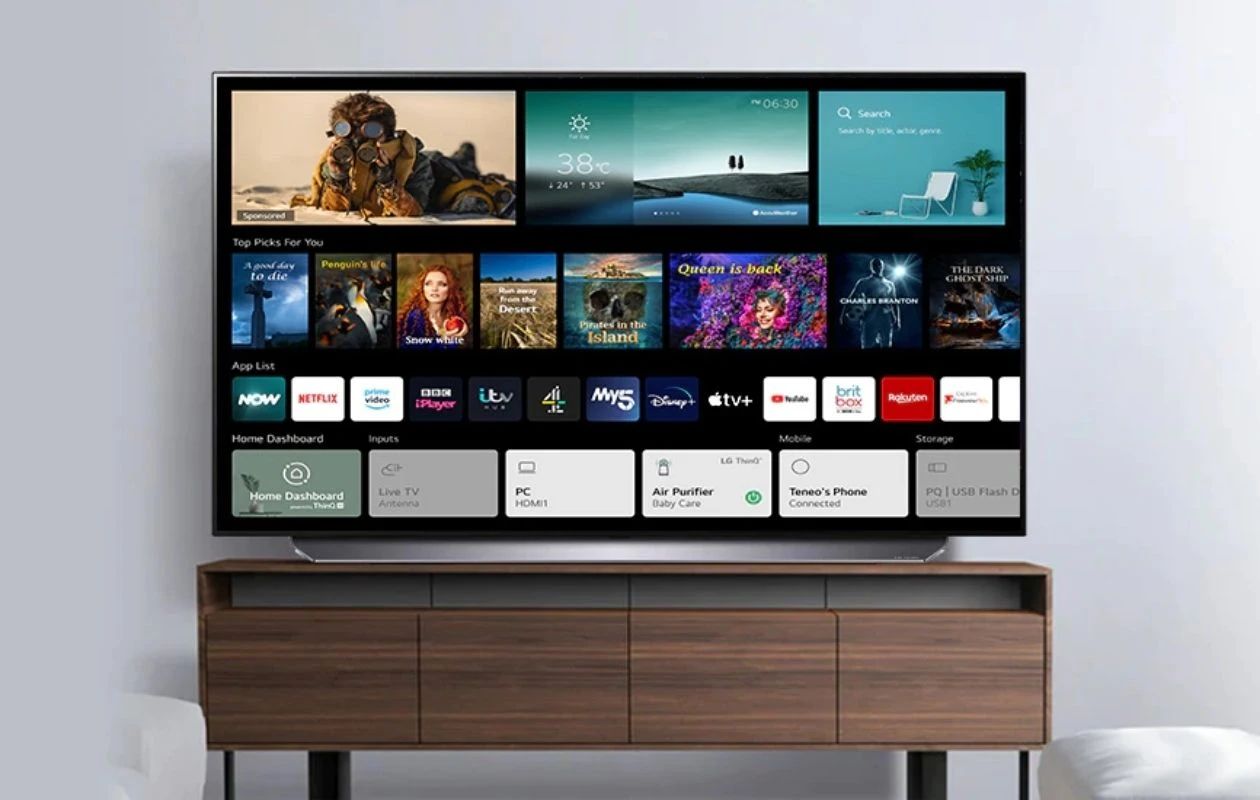Introduction
Mirroring your Mac to an LG Smart TV opens up a world of possibilities, allowing you to enjoy the content on your computer on a larger screen. Whether you want to stream videos, play games, give presentations, or simply browse the web, mirroring your Mac to an LG Smart TV can offer a more immersive and convenient experience.
The process of mirroring your Mac to an LG Smart TV may seem daunting at first, especially if you’re not familiar with the necessary requirements and methods. However, with the right tools and instructions, you can easily connect your Mac to an LG Smart TV and start enjoying your favorite content in no time.
In this article, we will explore different methods to mirror your Mac to an LG Smart TV. We will discuss the requirements for mirroring, such as the Mac and LG Smart TV models that are compatible, as well as the software and cables you may need. Additionally, we will guide you through step-by-step instructions for each mirroring method, including AirPlay Mirroring, using an HDMI cable, and utilizing third-party apps.
It’s important to note that the specific steps may vary depending on the models and software versions you have. However, we will provide general guidelines that can help you mirror your Mac to an LG Smart TV regardless of your setup. We will also address some common troubleshooting issues that you may encounter along the way.
By the end of this article, you will have a comprehensive understanding of how to mirror your Mac to an LG Smart TV, giving you the ability to enjoy your favorite content on a bigger screen with ease. Let’s dive in and explore the different methods for mirroring your Mac to an LG Smart TV.
Requirements for Mirroring Mac to LG Smart TV
Before you begin the process of mirroring your Mac to an LG Smart TV, it’s important to ensure that you have the necessary requirements in place. This includes both hardware and software components that need to be compatible for a successful mirroring experience. Let’s take a look at the key requirements you need to consider:
1. Mac and LG Smart TV compatibility: To mirror your Mac to an LG Smart TV, ensure that both devices are compatible with each other. Check the model and software specifications of your Mac and LG Smart TV to ensure they support mirroring.
2. Wi-Fi connection: Make sure that both your Mac and LG Smart TV are connected to the same Wi-Fi network. This is essential for establishing a connection between the two devices and enabling mirroring.
3. Mac operating system: Verify that your Mac is running a compatible operating system. Generally, macOS 10.10 (Yosemite) or later versions support screen mirroring.
4. LG Smart TV software: Ensure that your LG Smart TV has the necessary software to support mirroring. Some LG Smart TV models come with built-in mirroring capabilities, while others may require firmware updates for compatibility.
5. AirPlay support: If you plan to use AirPlay Mirroring, ensure that your LG Smart TV supports AirPlay. This feature allows you to wirelessly stream content from your Mac to the TV.
6. HDMI port: If you choose to mirror using an HDMI cable, make sure that both your Mac and LG Smart TV have HDMI ports available. This method offers a reliable and high-quality connection.
7. Third-party apps: If you opt for third-party apps for mirroring, check the compatibility of the app with your Mac and LG Smart TV. Some popular options include Reflector, AirBeamTV, and Mirroring360.
It’s important to note that the specific requirements may vary depending on the models and software versions you have. Refer to the user manuals or support documentation for your Mac and LG Smart TV for detailed information on compatibility and setup.
Now that you are aware of the requirements for mirroring your Mac to an LG Smart TV, let’s move on to the different methods you can use to achieve this.
Method 1: AirPlay Mirroring
AirPlay Mirroring is a built-in feature in macOS that allows you to wirelessly mirror your Mac screen to an LG Smart TV. This method requires your LG Smart TV to support AirPlay, so make sure to check the compatibility before proceeding. Here’s how you can mirror your Mac to an LG Smart TV using AirPlay Mirroring:
Step 1: Connect your Mac and LG Smart TV to the same Wi-Fi network.
Step 2: On your Mac, click on the Apple menu and select System Preferences.
Step 3: In the System Preferences window, click on Displays.
Step 4: In the Displays settings, click on the Arrangement tab.
Step 5: Check the box that says “Show mirroring options in the menu bar when available” to enable the AirPlay icon in the menu bar.
Step 6: Once enabled, click on the AirPlay icon in the menu bar and select your LG Smart TV from the list of available devices.
Step 7: After selecting your LG Smart TV, check the “Mirror Display” option to start mirroring your Mac screen to the TV.
Once the mirroring process is initiated, you will see your Mac screen mirrored on your LG Smart TV. You can now enjoy watching videos, browsing the web, or giving presentations on the big screen.
Note that some apps or content may have restrictions on mirroring due to copyright or licensing agreements. In such cases, you may see a blank screen or a message indicating that the content cannot be mirrored. Additionally, network stability and bandwidth can affect the quality of the mirroring experience.
Now that you know how to mirror your Mac to an LG Smart TV using AirPlay Mirroring, let’s explore an alternative method using an HDMI cable.
Method 2: Mirror using HDMI Cable
If your LG Smart TV does not support AirPlay or if you prefer a wired connection, you can mirror your Mac to the TV using an HDMI cable. This method ensures a stable and high-quality connection between your devices. Follow these steps to mirror your Mac to an LG Smart TV using an HDMI cable:
Step 1: Connect one end of the HDMI cable to the HDMI port on your Mac.
Step 2: Connect the other end of the HDMI cable to an available HDMI port on your LG Smart TV.
Step 3: On your LG Smart TV, use the remote control to select the corresponding HDMI input source for the port you connected the cable to.
Step 4: On your Mac, click on the Apple menu and select System Preferences.
Step 5: In the System Preferences window, click on Displays.
Step 6: In the Displays settings, go to the Arrangement tab.
Step 7: Check the box that says “Mirror Displays” to enable the mirroring between your Mac and LG Smart TV.
Once the steps are completed, your Mac screen should be mirrored on your LG Smart TV. You can now enjoy your favorite content on a larger screen, whether it’s watching movies, playing games, or giving presentations.
Using an HDMI cable ensures a reliable and high-quality connection, but keep in mind that the cable length may affect the signal quality. Additionally, some older Mac models may require a Mini DisplayPort to HDMI adapter for connectivity.
Now that you have learned how to mirror your Mac to an LG Smart TV using an HDMI cable, let’s explore another alternative method using third-party apps for mirroring.
Method 3: Mirror using Third-Party Apps
If your LG Smart TV doesn’t support AirPlay and you prefer using software other than AirPlay or an HDMI cable, you can utilize third-party apps to mirror your Mac screen. There are various apps available that offer screen mirroring capabilities. Here’s how you can mirror your Mac to an LG Smart TV using third-party apps:
Step 1: Open a web browser on your Mac and search for third-party apps that support screen mirroring to LG Smart TVs. Some popular options include Reflector, AirBeamTV, and Mirroring360.
Step 2: Download and install the third-party app of your choice on your Mac.
Step 3: Launch the app and follow the on-screen instructions to set it up properly.
Step 4: On your LG Smart TV, navigate to the app store and search for the companion app for the third-party mirroring app you installed on your Mac. Download and install the app on your LG Smart TV.
Step 5: Launch the companion app on your LG Smart TV and make sure it is connected to the same Wi-Fi network as your Mac.
Step 6: On your Mac, open the third-party mirroring app and select your LG Smart TV from the available list of devices.
Step 7: Follow any additional on-screen instructions to establish a connection between your Mac and LG Smart TV.
Once the connection is established, you can start mirroring your Mac screen to your LG Smart TV using the selected third-party app. You can now enjoy a wide range of content on the big screen, including streaming videos, playing games, and browsing the web.
Keep in mind that the specific steps and features of third-party apps may vary. It is important to refer to the documentation and support resources provided by the app developer for detailed instructions and troubleshooting guidance.
With the availability of third-party apps, you have a flexible option to mirror your Mac to an LG Smart TV that suits your preferences and needs.
Now that you know how to mirror your Mac to an LG Smart TV using third-party apps, let’s explore some common troubleshooting tips for any issues you may encounter during the mirroring process.
Troubleshooting Common Issues
While mirroring your Mac to an LG Smart TV can enhance your viewing experience, you may encounter some common issues along the way. Here are a few troubleshooting tips to help you resolve these issues:
1. No AirPlay option: If you don’t see the AirPlay option in the menu bar or System Preferences, ensure that your Mac and LG Smart TV are connected to the same Wi-Fi network. Additionally, make sure that both devices are compatible with AirPlay Mirroring.
2. Mirroring interruptions: If the mirroring connection between your Mac and LG Smart TV gets interrupted, check your Wi-Fi connection for stability. Reduce the distance between your Mac and the Wi-Fi router or consider using a Wi-Fi extender for a stronger signal.
3. Black screen: If the mirrored screen on your LG Smart TV appears black, ensure that your Mac is not in sleep mode or locked. Try waking up your Mac or unlocking it to see if the mirroring resumes properly.
4. Audio issues: If you experience audio syncing problems or no sound from the LG Smart TV, check the audio settings on your Mac and TV. Ensure that the volume is not muted and that the correct audio output is selected on both devices.
5. App compatibility: Some apps or content may have restrictions on mirroring due to copyright or licensing agreements. If you encounter a blank screen or an error message while mirroring specific content, it may indicate that the content cannot be mirrored.
6. App updates: Keep your Mac, LG Smart TV, and any third-party mirroring apps up to date. Regularly check for software updates and install the latest versions to ensure optimal performance and compatibility.
If you encounter any other issues or unique problems while mirroring your Mac to an LG Smart TV, refer to the user manuals or support documentation for your specific devices. You can also seek assistance from the manufacturer’s customer support or online forums where other users may have encountered similar issues.
By troubleshooting these common issues and following the guidelines provided, you can overcome any obstacles that may arise during the mirroring process and enjoy a seamless viewing experience on your LG Smart TV.
Now that you have learned how to troubleshoot common issues, it’s time to wrap up our guide on mirroring your Mac to an LG Smart TV.
Conclusion
Mirroring your Mac to an LG Smart TV can greatly enhance your multimedia experience, allowing you to enjoy your favorite content on a larger screen. In this article, we explored three methods for mirroring your Mac to an LG Smart TV: AirPlay Mirroring, using an HDMI cable, and utilizing third-party apps. Each method offers its own advantages and flexibility to suit your needs.
AirPlay Mirroring provides a seamless wireless connection between your Mac and LG Smart TV, leveraging the built-in AirPlay feature. This method is ideal if both your Mac and LG Smart TV support AirPlay and are connected to the same Wi-Fi network.
Using an HDMI cable offers a reliable and high-quality connection for mirroring your Mac to an LG Smart TV. This method is useful if your LG Smart TV doesn’t support AirPlay or if you prefer a wired connection.
Third-party apps provide an alternative solution for mirroring your Mac to an LG Smart TV. With a variety of options available, you can choose an app that suits your preferences and offers the features you need.
Throughout the article, we also discussed the key requirements for mirroring, such as Mac and LG Smart TV compatibility, a stable Wi-Fi connection, and suitable software versions. We provided troubleshooting tips for common issues that may arise during the mirroring process, such as connectivity problems or audio syncing errors.
By following the instructions and guidelines provided in this article, you can successfully mirror your Mac to an LG Smart TV and enjoy a enhanced viewing experience. Whether you’re streaming videos, playing games, giving presentations, or simply browsing the web, mirroring your Mac to an LG Smart TV opens up a world of possibilities.
Now it’s time for you to try it out yourself! Choose the method that best suits your needs, follow the steps carefully, and enjoy the benefits of mirroring your Mac to an LG Smart TV. Happy mirroring!







